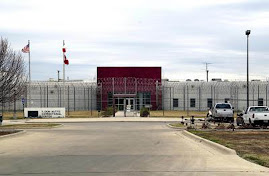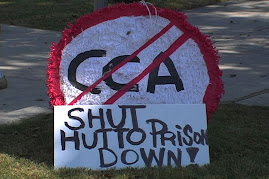. . .Within hours of the declaration of war on Japan, all Japanese nationals and Japanese Americans who were in the US were branded"alien enemies." Of the 120,000 men, women, elderly, and children of Japanese ancestry sent to interment camps, more than 60% were native-born citizens. According to the US Department of Justice's "Review of the Restrictions on Persons of Italian Ancestry During World War II: Report to the Congress of the United States," within a few days after President issued Proclamations 2525, 2526 and 2527, 500 aliens of different ancestries were on a train with darkened windows bound for an undisclosed location in Montana.
While most historical comparisons concerning immigration and race before and after 9/11 focus on the incarceration of Japanese Americans, the relevance of Mexican Repatriation remains vitally important for us to remember. Over the last century, migrant workers have been the most exploited class of workers in America. The concept of a guest worker program in this country is not new. More than 72,000 guest workers participated in the program from 1917 to 1921. In 1924, the government to discontinue the program and created the United States Border Patrol to locate and remove all non-citizens illegally. By 1931, it was time for the Mexicans to depart.
During the Mexican Repatriation of the 1930s, approximately 60 percent deported to Mexico were US citizens, including children born on the US. Both local and federal authorities did not consider the rights of the numerous citizens whom they deported. . . .
The current fervor against immigrant groups is eerily reminiscent to the anti-Mexican sentiments of the 1930s. FBI reports on domestic hate crimes after 2001 indicate that such crimes against Latinas and Latinos surged from 2003 to 2006. . .
Most people overlook the degree to which racial stereotypes might influence the public's perception on the targeted ethnic/racial group, in this case, Latina/os. Of the few articles written about the raids conducted by ICE, one could easily come to the conclusion that Latina/os continue to be coded in ways that conflate their identities with immigrants or foreigners, which means they would be presumptively subjected to immigration laws. . .
For the time being, the tenor of the current immigration debate has thus far not changed significantly since Mexican Repatriation or the interment of Japanese nationals and Japanese Americans. Too many non-Latino Americans believe that we are in the mist of an invasion that will lead to economic plight and crime-ridden streets. Political leaders and the media need to examine the facts and speak out.
As a nation, we must be most careful in times of severe national stress and not repeat the sins of the past. The true test of human progress is whether we have the wisdom to see our faults and the strength to acknowledge them. Until we admit this, perhaps legitimate discussions concerning safety and economic growth will lead to an honest approach to immigration reform.
Monday, July 7, 2008
Lessons from History: Not the first time US has targeted families
AlterNet's Edmundo Rocha reminds us that Berks and Hutto aren't the first detention centers used for families, and the current trend of raids, intimidation, and fear isn't new either.
Exerpts from "Immigration Crack-Downs: A Little Bit of History Repeating:"








